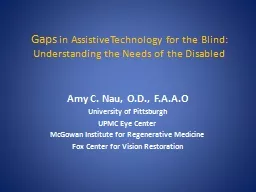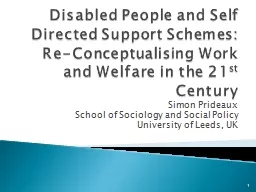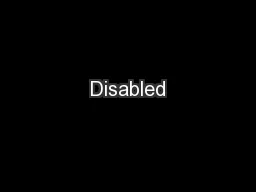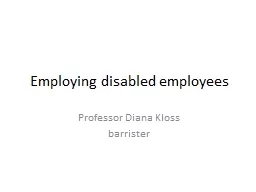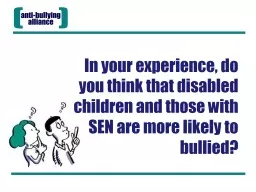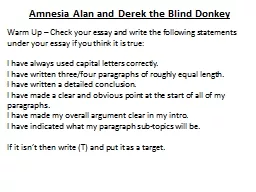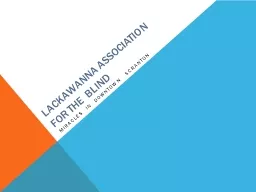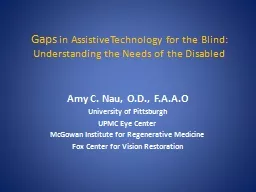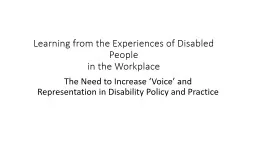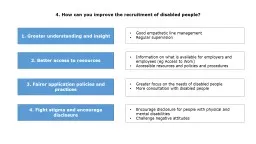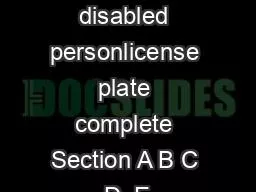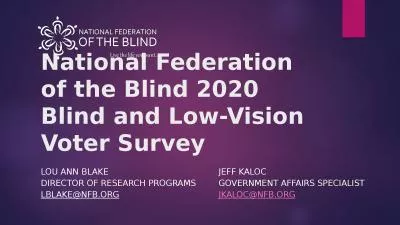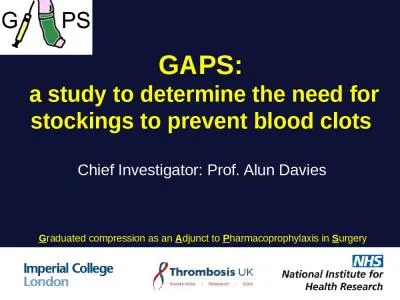PPT-Gaps in AssistiveTechnology for the Blind: Understanding the Needs of the Disabled
Author : pasty-toler | Published Date : 2018-12-10
Amy C Nau OD FAAO University of Pittsburgh UPMC Eye Center McGowan Institute for Regenerative Medicine Fox Center for Vision Restoration Technology provides endless
Presentation Embed Code
Download Presentation
Download Presentation The PPT/PDF document "Gaps in AssistiveTechnology for the Bli..." is the property of its rightful owner. Permission is granted to download and print the materials on this website for personal, non-commercial use only, and to display it on your personal computer provided you do not modify the materials and that you retain all copyright notices contained in the materials. By downloading content from our website, you accept the terms of this agreement.
Gaps in AssistiveTechnology for the Blind: Understanding the Needs of the Disabled: Transcript
Download Rules Of Document
"Gaps in AssistiveTechnology for the Blind: Understanding the Needs of the Disabled"The content belongs to its owner. You may download and print it for personal use, without modification, and keep all copyright notices. By downloading, you agree to these terms.
Related Documents

